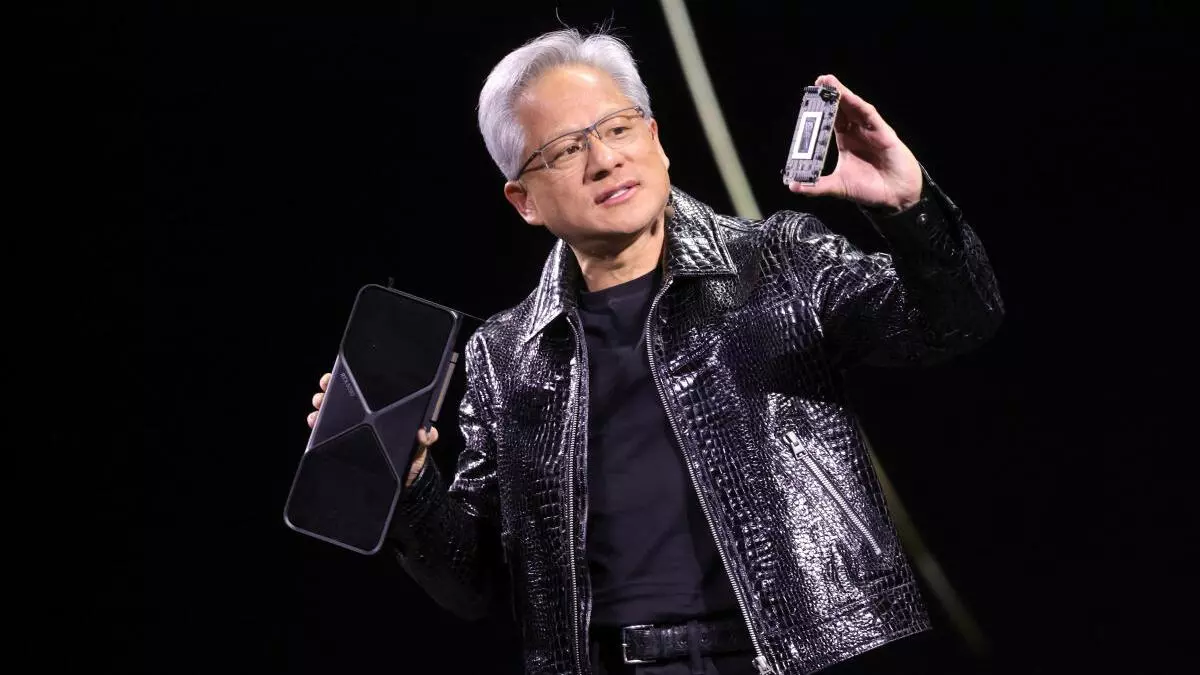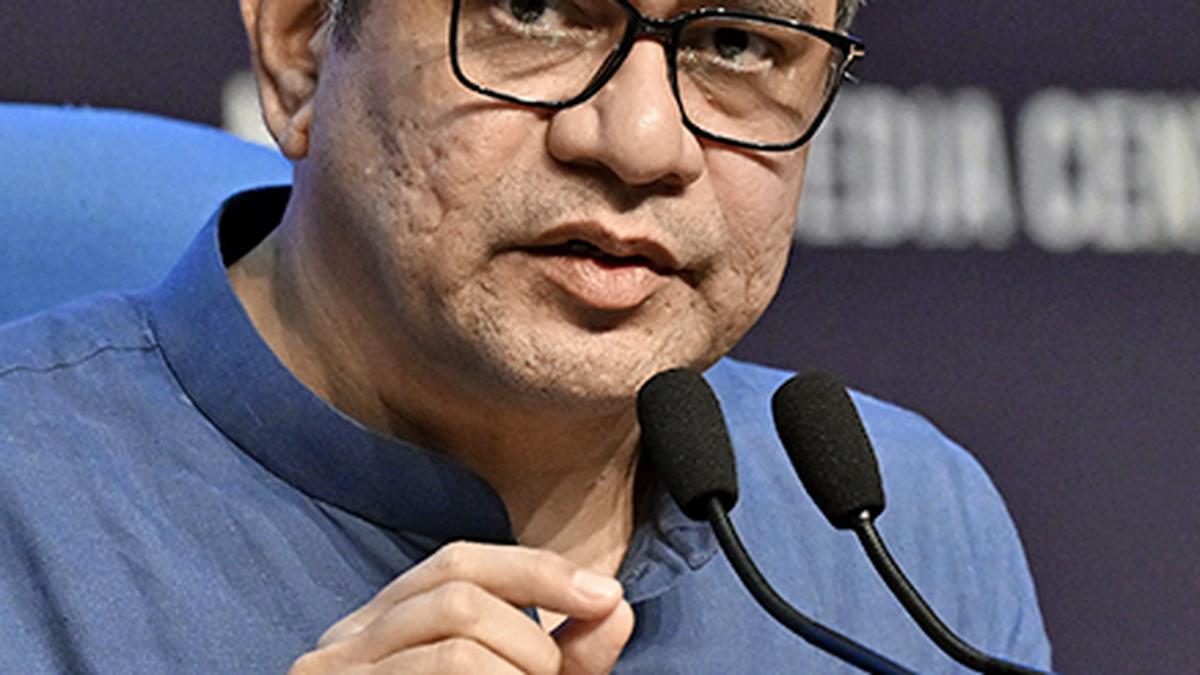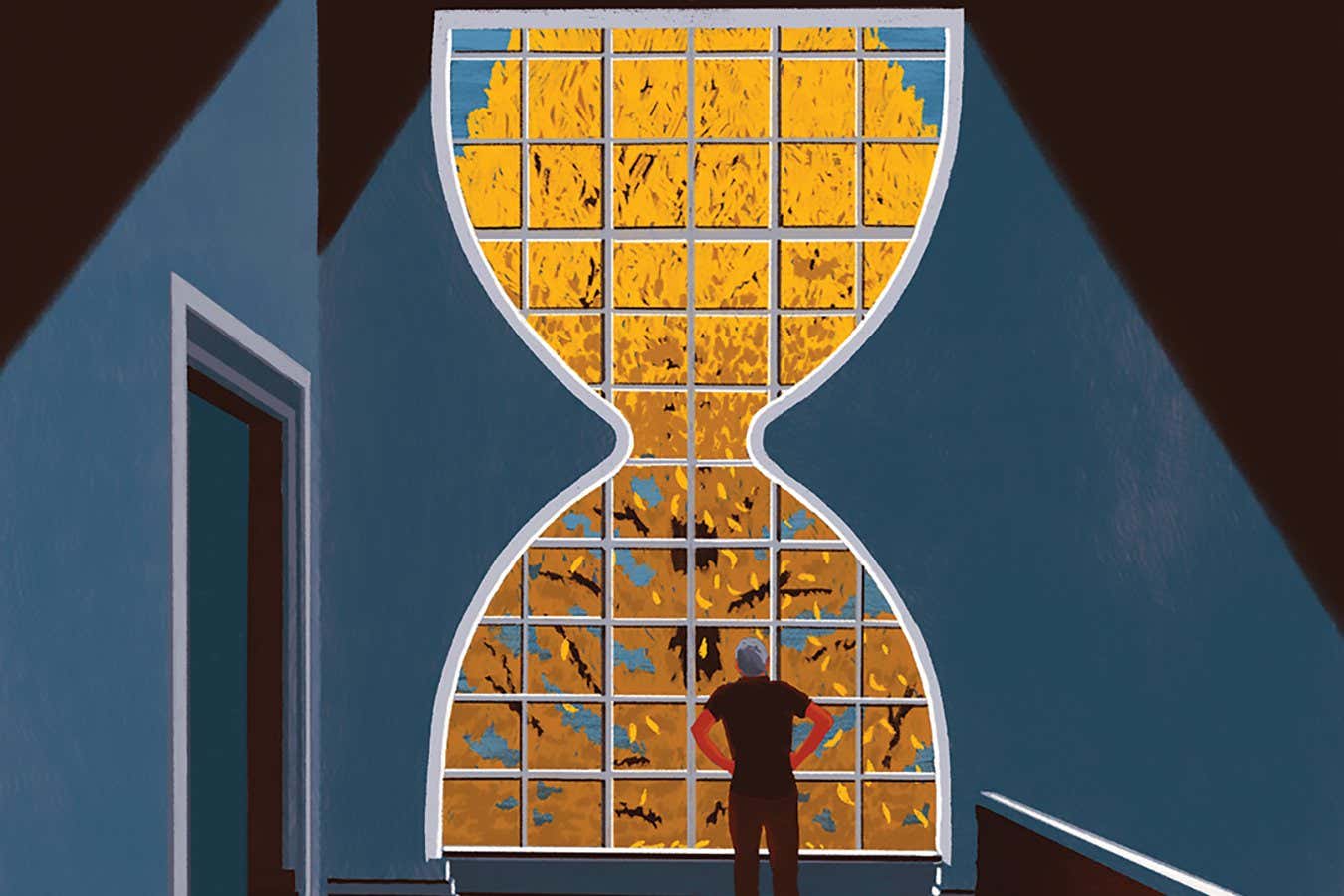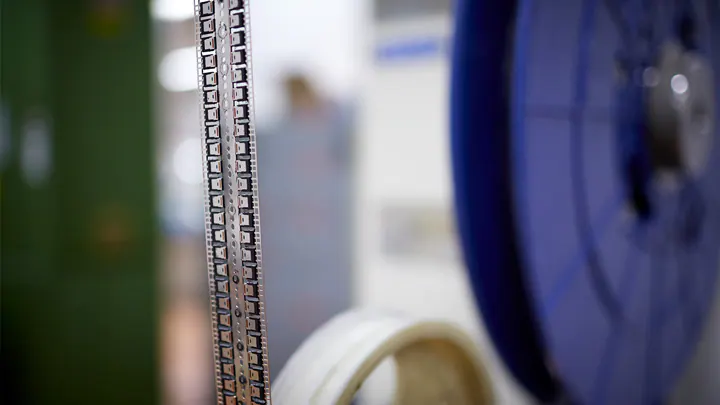
THE Department of Information and Communications Technology (DICT) urged consumers to migrate to the latest version of Internet protocol (IP) to help protect their information through its built-in security, with the Philippines’ adoption rate remaining low.
The Philippines’ adoption rate of IP version 6 (IPv6) is only at 18.5%, according to data from the Asia-Pacific Network Information Centre. India leads IPv6 adoption in the region at around 80%.
“It can help with protection because the real protection of your assets, of your information, belongs to you,” George P. Tardio, chief of Critical Information Infrastructure in the Cybersecurity Standards Division of the DICT, told BusinessWorld on the sidelines of a forum on IPv6 adoption last week.
IPv6 features end-to-end encryption and authentication through IP Security (IPSec), which was optional in previous IP versions, Mr. Tardio noted.
IPSec plays a crucial role in securing the transmission of sensitive data between IP networks, he said.
“If you have your very own IP address, which is possible in IPV6, you will be able to protect yourself,” Mr. Tardio added.
IPv6 is a system that assigns unique IP addresses to each device connected to a network and offers up to 340 undecillion addresses. Meanwhile, its predecessor IP version 4 (IPv4) only offers 4.3 billion addresses.
“Addresses are nearly unlimited and will be able to accommodate every device on Earth, ultimately producing more efficient Internet traffic,” the Department of Science and Technology and Advanced Science and Technology Institute said in a statement.
“The push to increase [the Philippines’] adoption rate, similar to what neighboring Asian countries such as India and Vietnam have done, entails all stakeholders from government, academe, industry (internet service providers, and telecommunication companies), and local Internet development groups to work together.”
Resistance among consumers has contributed to the slow migration to IPv6 in the Philippines, Mr. Tardio said during the forum.
“The ordinary consumers or subscriber do not mind if they are using IPv4 or IPv6,” he said. “What matters to them is the internet speed and availability.”
Mr. Tardio said firms must be more proactive in informing end users about the latest technologies that can boost cybersecurity.
“Because IPv6 is more secure than IPv4, let’s try to request it to our telco or (internet) providers,” he said.
Mr. Tadio added that he is hopeful that initiatives to boost IPv6 migration in the Philippines would be part of the DICT’s priorities next year.
“It’s not too late. We would still plan our targeting for 2025 this month,” he said. “For cybersecurity, I will definitely recommend IPv6 adoption.” — Almira Louise S. Martinez








Leave a Comment